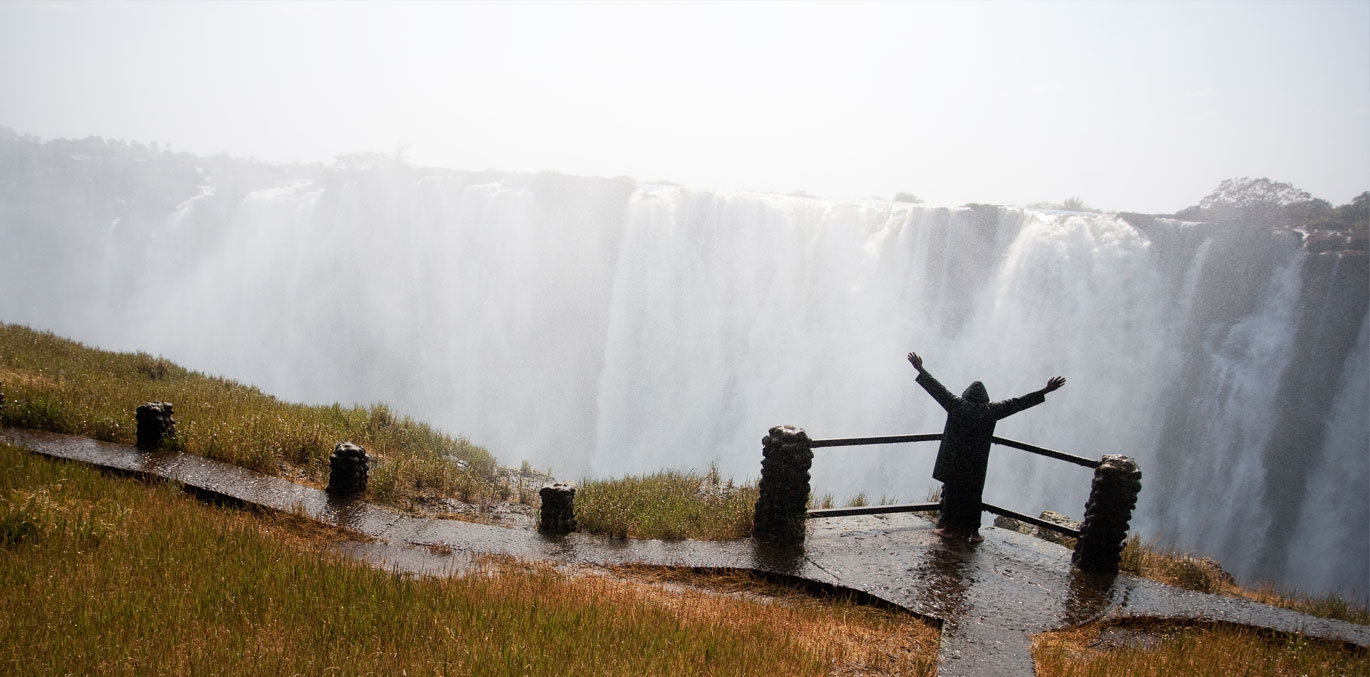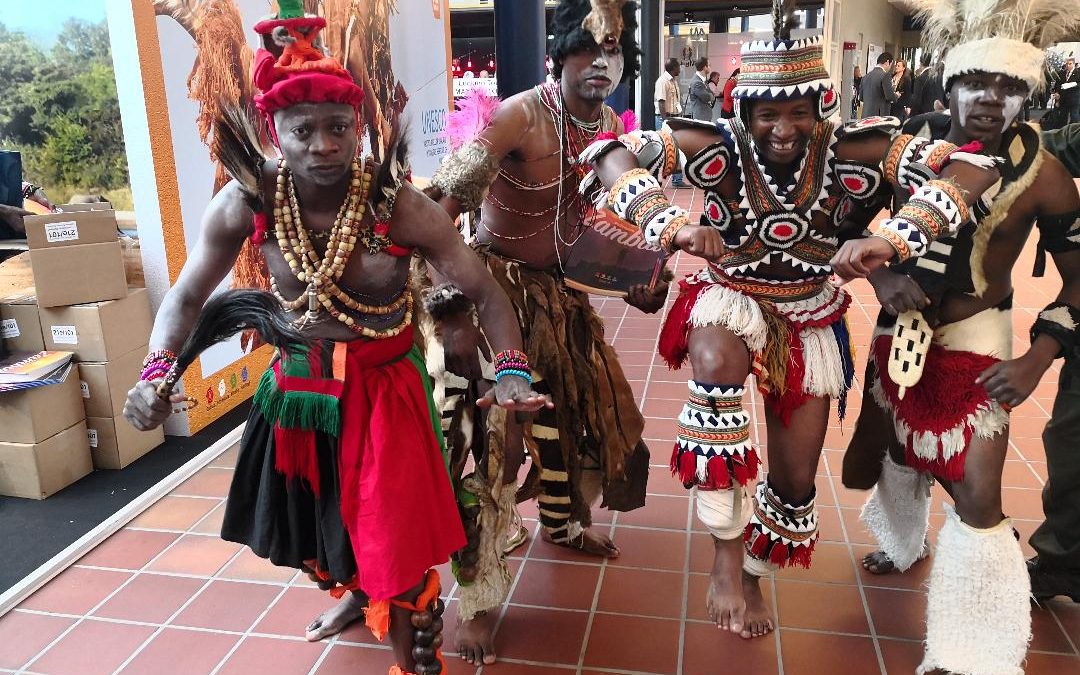Livingstone Bird Count
The end of July saw the bi-annual Livingstone water bird count, undertaken twice a year by the Livingstone Museum in conjunction with the Zambia Wildlife Authority (ZAWA) and local volunteers as part of the wider International Waterbird Census (IWC) coordinated by Wetlands International. This year marked the 20th successive year for the Livingstone bird count by the Museum.
The IWC has run since 1967 and today covers over 25,000 sites in over 100 countries, making it one of the largest voluntary ‘citizen science’ conservation monitoring projects in the world.
Wetland sites are of special conservation importance for migrating birds, which often cover thousands, or even tens of thousands, of kilometres every year on seasonal movements between feeding and breeding areas. Migrating waterbirds, as well as many other species, rely on key wetlands across the region to refuel and continue their migrations - meaning many countries have a shared responsibility in the protection of these valuable wetland sites and the ongoing conservation of these species.

Image credit: Clare Matake
The Livingstone count takes place over five days, covering a long stretch of the river from just upriver of Sun International Hotel complex above the Falls upstream about 10 km within Mosi-o-Tunya National Park to near Toka Leya Lodge. The count also includes two species site counts, one at the Livingstone Sewage Ponds - hardly a romantic location but as every birder will know always a good spot to look for waterbirds – and Siloka or Long Island.
Our ‘local patch’ along the Zambezi River offers great birdwatching. The team recorded good numbers of many species, with large numbers of common species such as the African Jacana, Cattle Egret and Sacred Ibis challenging our bird counters. Giant Kingfishers appear to be doing well, with good numbers recorded, and of special mention were several Goliath Heron and one Pel’s Fishing Owl, a special and rarely seen bird of the region which will whet the appetite of many a birder reading this!
Of particular note was a large group of African skimmers, which return each year to breed on the sandy islands exposed during the low water months. These birds are one of many breeding species which are particularly sensitive to disturbance, especially from boat traffic. The waves created by small fast moving boats, and even larger slower moving boats, can swamp these sand banks and drown nests and youngsters.
Also recorded was the African Finfoot, one of our resident species and one of several ‘Zambezi specials’ which bring birdwatchers to the region. This shy species is dependent on the vegetated fringes of the river to feed, and excessive disturbance can again cause damage to the fragile ecology of these areas.
The bird count provides valuable long term data on local waterbird population trends, allowing conservationists to monitor sensitive species, and emphasises the importance of our local wetlands for birds.




